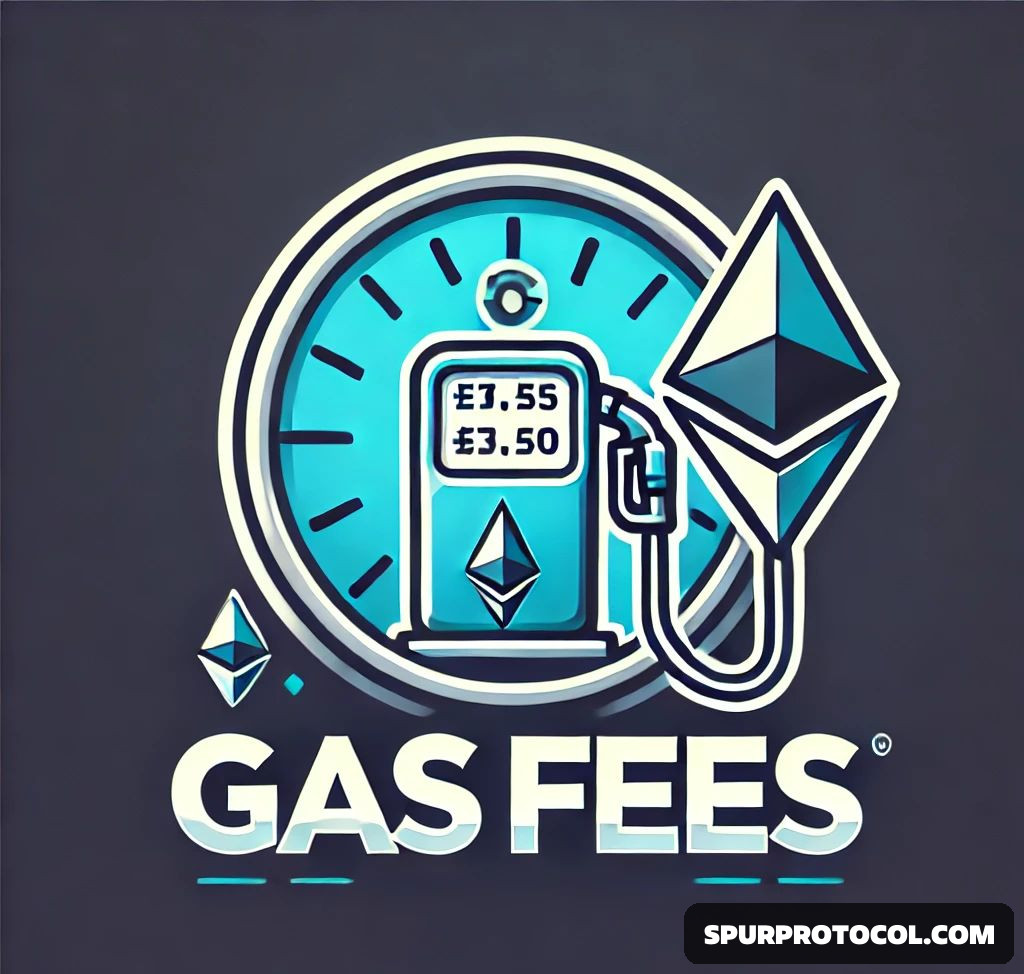What Are Gas Fees in Crypto?
At its core, a gas fee is a transaction cost you pay when using a blockchain. Think of it as a service charge that compensates the network for processing your transaction. These fees ensure that decentralized networks stay functional, secure, and spam-free.
Just like you might pay a toll to use a highway, you pay a gas fee to use a blockchain’s infrastructure.
Why Do Gas Fees Exist?
Blockchains like Ethereum are decentralized, meaning there’s no single entity controlling them. Instead, a global network of computers—called nodes—work together to verify and process transactions.
Gas fees serve several purposes:
Incentivize miners/validators: They get paid for the computational power they contribute.
Prioritize transactions: Those willing to pay more get processed faster.
Prevent spam: High fees deter bad actors from clogging the network with useless transactions.
Without gas fees, blockchains would be vulnerable to abuse and inefficiency.
How Gas Fees Work Example
Ethereum introduced a gas system to measure the computational cost of performing operations. Here's how it works:
Gas Unit: Each operation on Ethereum (e.g., sending ETH, calling a smart contract) requires a certain amount of gas units based on its complexity.
Gas Price: Measured in gwei, a small denomination of ETH (1 ETH = 1 billion gwei). This is how much you're willing to pay per unit of gas.
Total Gas Fee = Gas Limit × Gas Price
Example:
Sending ETH might use 21,000 gas units. If the gas price is 50 gwei, then:
21,000 × 50 gwei = 1,050,000 gwei = 0.00105 ETH
The higher the gas price, the faster your transaction is confirmed.
Why Are Gas Fees So High Sometimes?
Gas fees fluctuate based on network demand and congestion. Here’s what can impact them:
High Activity: During popular NFT drops or market volatility, thousands of users may flood the network, bidding up gas prices.
Complex Transactions: Interacting with DeFi protocols or deploying a smart contract can require significantly more gas.
Network Upgrades or Bugs: Occasionally, changes to the protocol can impact gas behavior temporarily.
This dynamic pricing system ensures fairness but can frustrate users during peak times.
EIP-1559: Making Ethereum Gas Fees More Predictable
In 2021, Ethereum introduced EIP-1559, a major upgrade to the gas fee structure. It brought two major changes:
1. Base Fee: A minimum fee set by the network, which is burned (destroyed), reducing ETH supply.
2. Priority Tip: Users can include a tip to incentivize faster processing by miners or validators.
This change made fees more predictable and introduced a deflationary aspect to ETH, since part of every fee is burned.
How Other Blockchains Handle Gas Fees
Not all blockchains use the same gas model. Here’s how some alternatives differ:
Solana (SOL): Uses a high-speed proof-of-history system with extremely low fees (fractions of a cent).
Binance Smart Chain (BSC): Compatible with Ethereum smart contracts but has lower fees due to its centralized validator set.
Polygon (MATIC): A Layer 2 Ethereum solution that offers fast, cheap transactions.
Avalanche (AVAX) and Fantom (FTM): Also offer low-fee environments, targeting decentralized finance (DeFi) users.
How to Save on Gas Fees
If you’re tired of paying high gas fees, here are a few tips:
Use Layer 2 solutions like Arbitrum, Optimism.
Time your transactions during low network activity (use tools like ETH Gas Station).
Batch transactions if possible.
Choose low-fee chains for simple transfers or contract interactions.
Gas fees are an essential component of blockchain ecosystems. They ensure security, allocate resources fairly, and sustain the decentralized nature of crypto networks. While they can be frustrating at times, especially on busy networks like Ethereum, ongoing innovations and upgrades are helping make transactions faster and cheaper.
